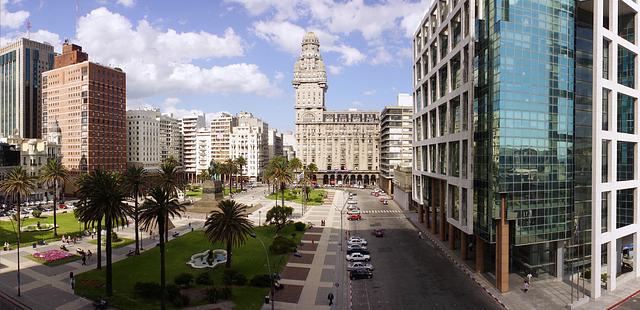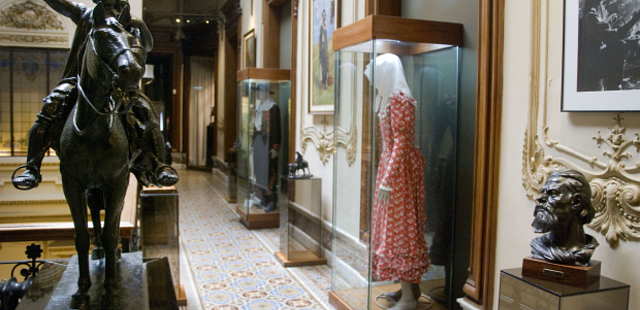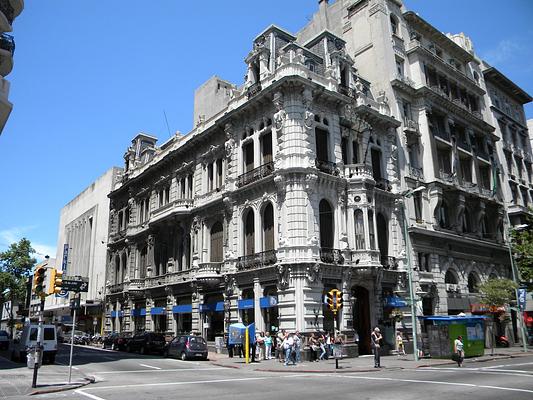Showing 17 attractions
Originally the site of a Spanish citadel, Independence Square marks the beginning of the Old City and is a good point from which to begin your tour of Montevideo. — Frommer's
Built in 1907, the ornate Taranco Palace in the Ciudad Vieja is representative of the French-inspired architecture favored in fin-de-siècle Montevideo. — Fodor's
One of the most iconic landmarks of Montevideo, the Palacio Salvo stands on the Plaza Independencia. — Afar Magazine
Opposite the Iglesia Matriz is the Cabildo, a neoclassical stone structure finished in 1812. — Lonely Planet
8
3 reviews
The national art history museum displays Uruguayan artistic styles from the beginning of the nation to the present day. — Frommer's
Named in honor of the discoverer of the Río de la Plata, Juan Díaz de Solís, the 1856 Solís Theater is famed for its fine acoustics. — Fodor's
Also known as Iglesia Matriz (parish church), the cathedral was the city's first public building, erected in 1804. — Frommer's
Head to the old port market, a restored 1868 building of vaulted iron beams and colored glass, and a terrific example of urban renewal. — Fodor's
The ornate cantilever fountain in the center of this tree-filled square (known to most as Plaza Constitución) was installed in 1871 to commemorate the construction of the city's first water system. — Fodor's
Once the home of General Fructuso Rivera, Uruguay's first president, this neoclassical Rivera House from the early 1800s was acquired by the government in 1942 and opened as a national history museum. — Fodor's
The 18th-century Palacio Estévez, on the south side of the Plaza Independencia, was the Government House until 1985. — Lonely Planet
Here you'll find articles from the everyday life of the gauchos, from traditional garb to the detailed silver work on the cups used for mate. — Fodor's
7
2 reviews
Almost 50 different types of native marble were used in the construction of the Legislative Palace, the seat of Uruguay's bicameral legislature. — Fodor's
7
2 reviews
A must-see for any soccer fan, this museum displays memorabilia from Uruguay’s 1930 and 1950 World Cup wins. Visitors can also tour the stands. — Lonely Planet
You'll also find Greek, Roman, and Middle Eastern art, including ceramics and other antiquities. — Fodor's
Life in Montevideo is focused on its seafront, both the working port and the beaches. — Afar Magazine
7
2 reviews
1 - 17 of 17 results





























